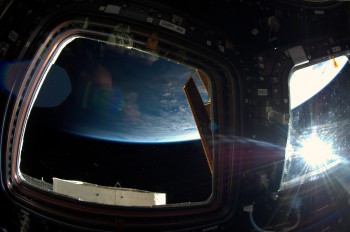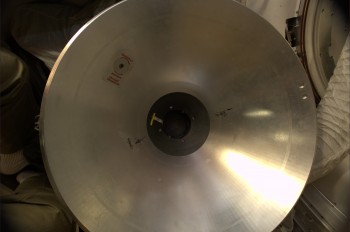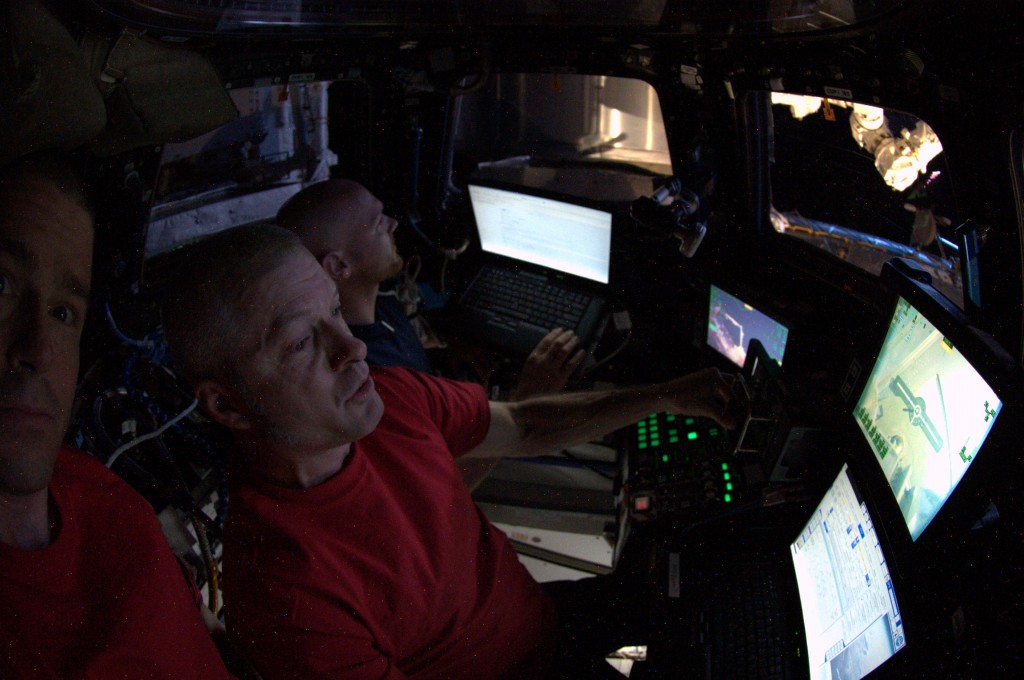Update from Columbus Control Centre: Last week Alexander Gerst took part in the Circadian Rhythms experiment. For the second time in his mission for about 36 hours Alexander’s temperature was recorded continuously to see how it varied. On Earth our body’s core temperature changes over the course of a day, with our temperature reaching its lowest around five in the morning. As these temperatures depend on the time of the day on Earth, it is interesting to see how astronaut’s body temperature react to living in space – they experience 16 sunsets and sunrises a day!
The Circadian Rhythms experiment is also aimed at learning about the impact of working irregular hours, so for us at Col-CC the results will be doubly interesting. The control room is staffed 24 hours a day, 7 days a week so we are interested in the results of this experiment on a personal level.
But the experiment will also help to understand astronaut sleeping patterns and importantly, when they are most alert or sleepy – so we have a professional interest in this experiment as well. When we plan critical tasks such as capturing a spacecraft or a spacewalk we could try to plan when astronauts feel most awake – until now little research has been done in this area. We await the results while more astronauts will take part in this study to get sufficient data to have solid conclusions.
Another long-term study that is only possible to do on the International Space Station is called DOSIS-3D. Sensors all over the Station are recording radiation levels to create a 3D map for further study. Not much needs to be done by an astronaut for this experiment, but last week Alexander fixed a faulty cable that had stopped sending us experiment data.
Maintenance tasks included scrubbing the air filters clean of carbon dioxide which takes up to three hours and needs to be done regularly. Alexander also cleaned and inspected the seals of the Station’s hatches. These seals are incredibly important as they have to be closed if pressure is lost in part of the Space Station. At any point the astronauts need to be able seal off modules of the Station if they leak after impact with space debris.
We are continuing to plan in detail the month of August that promises to be extremely busy with the arrival of Europe’s space freighter ATV Georges Lemaîtres, the undocking of Orbital’s Cygnus and up to three spacewalks pencilled in. The planning puzzle constantly changes and never stops…







Discussion: one comment
Very valuable information, it is not at all blogs that we find this, congratulations I was looking for something like that and found it here.